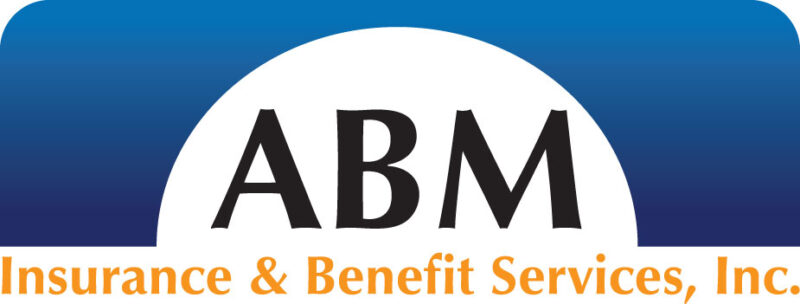Benefits Trends
 According to recent research, most companies are looking to lower their
According to recent research, most companies are looking to lower their
rising health care costs and improve their employees’ overall health. When
HR professionals look toward the future, they are evaluating strategies to
help manage both short- and long-term costs. In order to evaluate these
costs, it is important that employers understand what their employees think
about their benefits.
Health care costs tend to fluctuate on an annual basis—sometimes
substantially and sometimes minimally. Regardless, these costs are still
burdensome to most employers, leading companies to adopt a variety of
strategies to try and mitigate and manage health care expenses.
2016 Health Care Cost Trends
2016 cost trends are now available from various research organizations. The
following health insurance cost trends are based on recent employer
surveys:
-
Aon Hewitt projected health care costs for 2016 to increase 4.1
percent. After negotiations with vendors were completed and plan
designs were changed—the actual rate increase was found to be 4.2
percent. -
In its 2016 Employer Health Benefits Survey, the Kaiser Family
Foundation and Health Research & Educational Trust reports that
average annual premiums rose 3 percent for family coverage in 2016.
Average annual premiums for single coverage was reported to not be
statistically significant. -
According to Mercer’s 2016 National Survey of Employer-Sponsored Health
Plans, overall costs per employee increased just 2.4 percent in
2016—one of the lowest increases in decades. Mercer cites more
employees moving into lower-cost medical plans as the largest
contributor to the small increase. -
PriceWaterhouseCoopers stated that the medical cost trend decreased
from 6.8 percent in 2015 to 6.5 percent in 2016, according to the
survey Behind the Numbers: Medical Cost Trends for 2016. This rate is
expected to remain the same in 2017. The major factors expected to
influence lower costs are cost-containment of services, market
influences, specialty dugs and more investment into IT. -
The Segal Group, Inc.’s 2017 Health Plan Cost Trend Survey predicts
that health plan costs will decline by less than 1 percent for most
types of coverage in 2017. In contrast, the prescription drug coverage
increase is projected to be in the double digits for active employees
and retirees under age 65. This jump is primarily due to price
inflation for brand-name medications.
Cost-shifting Initiatives
In an effort to reduce benefit costs, employers can implement some of the
following cost-containment strategies:
Consider offering financial incentives to your employees in the form of
an employer-sponsored wellness program. According to Corporate Wellness
Magazine, every $1 invested in employee wellness programs yields
roughly $4 in savings through reduced sick days, higher productivity
and decreased overall health costs. For the employees who choose to
participate in the program, their employers may offer them various
perks such as discounted insurance premiums, smoking cessation
programs, and/or discounted health club memberships. By allowing your
employees to lead by example, you are indirectly promoting healthy
behavior without directly penalizing unhealthy habits that may lead to
higher costs.
Encourage employees to use their preventive care benefits, including
getting their appropriate screenings and vaccinations. Emphasize that
these services are available at no cost to employees.
Consider offering an on-site health center staffed with health coaches
who can provide advice on personal health needs—this can help make
seeking care more cost-effective and convenient.
Offer voluntary benefits options that meet personal and family needs,
such as homeowners, automobile and group life insurance. Also, consider
offering discounts on vision and dental care, massage therapy,
chiropractic care, health club memberships and weight-control programs.
Provide online tools for employees, including health education and
other resources, to help them become smarter health care consumers.
Consider offering an HDHP with a health savings account or health
reimbursement arrangement to promote consumerism and reduce costs.
Align your business goals with your employee health goals and devise a
way for individuals or departments to maintain healthy lifestyles,
start exercising and/or stop engaging in unhealthy habits. Consider
making it fun, engaging and supportive—such as having contests and
other group events where employees are encouraged to help each other
make good choices.
Use marketing techniques that will motivate employees to take action.
Consider posters in the break room, occasional emails and
wellness-related articles on your company intranet if you have one.
Instead of having employees pay a copayment of $10 or $15, require them
to pay a percentage of their health care expenses (known as
coinsurance). This may help your employees make more cost-conscious
decisions such as going to an Urgent Care Clinic as opposed to the
doctor’s office or emergency room.
Suggest that employees use the generic form of their prescriptions (if
available) to save money.
Join or create a tiered or high-performance network, which encourages
patients to visit more cost-effective providers either through network
restrictions or tiered copay and coinsurance amounts.
Many businesses are choosing to re-evaluate their overall benefits
strategy in light of the Affordable Care Act and other developments.
Take time this year to ensure that is making the right choices in plan
design and benefits offerings. Contact your ABM Insurance & Benefit
Services representative at 1-281-448-3040 for help implementing any of these strategies,
which can help reduce costs and promote a healthier workforce.
ABM Insurance & Benefits Services
Here at ABM Insurance & Benefit Services, we’ve grown and built our reputation over the past quarter-century through integrity, a commitment to customer service and expert knowledge of specialist business areas like employee benefits.
